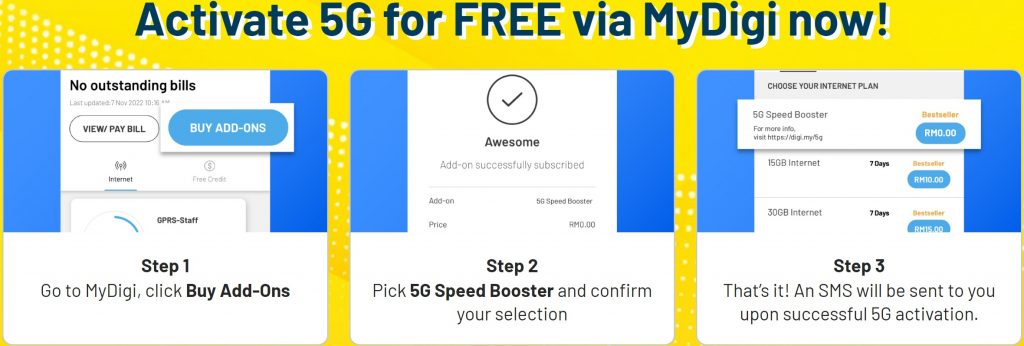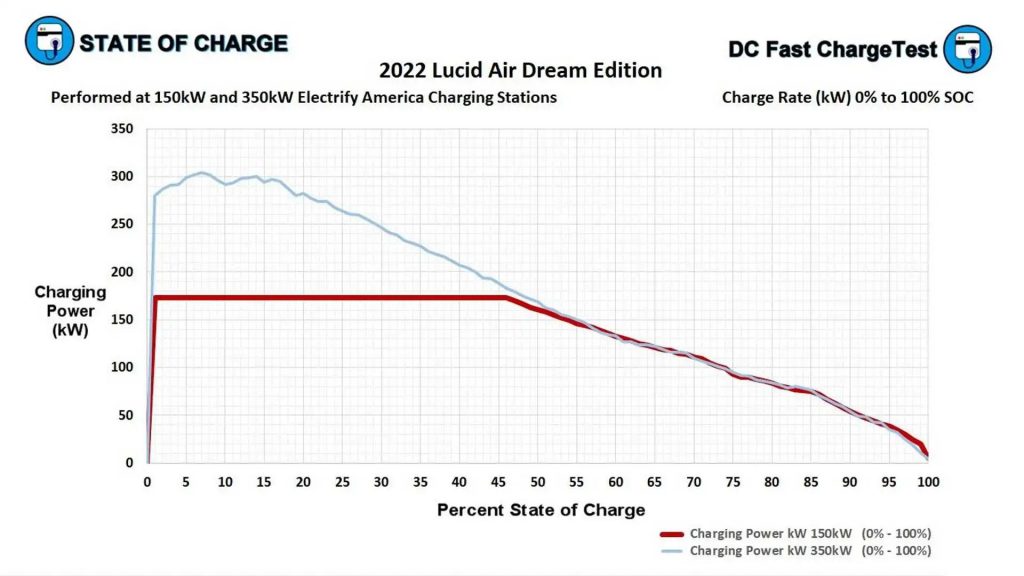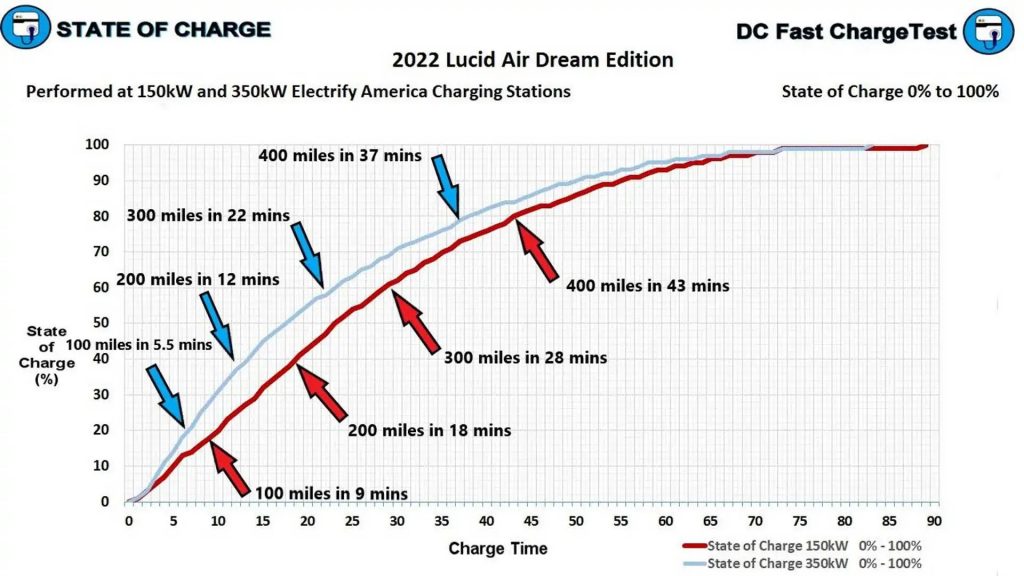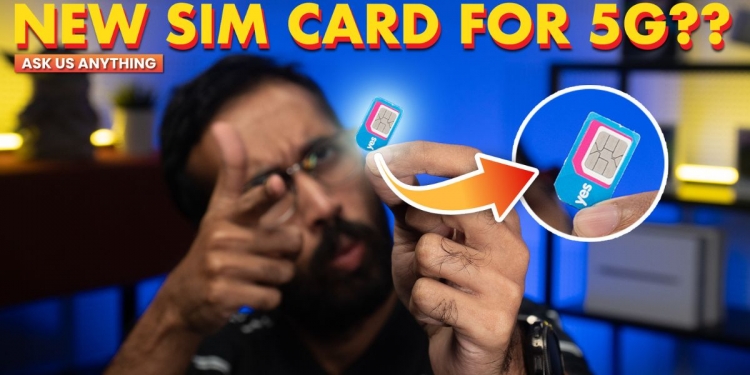Welcome back to another episode of Ask Us Anything, where we gather your questions from the internet and answer them.
In today’s episode, we find out if you need to change your current SIM card to get 5G, how EV charging time works, and what is one pedal driving in an EV.
Do I need a new SIM card for 5G?

Well, generally, if the mobile plan you are currently on has been upgraded by your telco to support 5G, then you should be able to connect to the 5G network automatically, assuming you have a supported 5G smartphone.
Telcos like Digi make this clear on their website. According to its FAQ, if you can connect to 4G services, you will not need a new SIM card to access 5G services.

However, in Digi’s case, if you’re an existing customer, you will need to manually activate 5G services via the MyDigi app which is a free upgrade.
In any case, do check with your current telco if a SIM change is required to enable 5G connectivity.
How EV charging time works?

Calculating the charging time for a battery is not as straightforward as the charging power changes according to the battery’s state of charge.

Looking at this charging graph for the Lucid Air, you can notice that the battery charges at the highest power when connected to a 350kW charger for the first 15% and then starts to decrease rapidly as the state of charge increases. As the battery nears 90%, the power has reduced to just 50kW.

Therefore, referring to this graph showing the amount of range you get against charging time, you can see that it takes about 7 minutes to get the first 100 miles of range.
However, as the battery’s state of charge increases, it takes around 10 and 15 minutes to add 100 miles of range, since the charging power is reducing. Also, the steep curve starts to flatten as the state of charge increases, taking more time to increase the battery charge.
So, if you’re using a DC fast charging which is priced by the minute, it is advisable to charge up to 80% as the final 20% takes a long time and it will be super expensive.
As such, you can’t assume that if an EV takes 30 mins for the first 50% charge, then it will take an hour for a full charge. Based on the power management programming of the EV, it could take longer than 30 minutes for the next 50% charge.
What is one pedal driving in an EV?

Electric vehicles typically have a feature called “One Pedal Driving.” When enabled, the car will apply regenerative breaking when you lift off the accelerator pedal, slowing the motor down, thus slowing the car down. Therefore, you don’t have to lift your foot to depress the brake pedal, thus allowing you to drive the car with just one pedal.
When regenerative braking is active, it puts some energy back into the batteries, which means as the car is slowing down, it is also charging the batteries a little.
You might need a bit of practice to get used to this driving method. But I’ve read online that there are people who can’t drive a car without this feature once they are used to it.
Moreover, since regenerative braking relies on slowing the motor down rather than the physical brakes, it can help extend the lifespan of your brake pads. Now, it’s worth noting that this feature doesn’t slow down the car rapidly, therefore, you will still need to slam on the brake pedal should you need to stop the car more quickly.
Also, “One Pedal Driving” is implemented differently from one EV to another. Some EVs will bring the car to a complete stop when you lift off the accelerator pedal, while others won’t, requiring you to depress the brake pedal to halt the car.
Another feature to look out for is the ability to change the strength of regeneration braking, giving you more control when driving using this feature.








